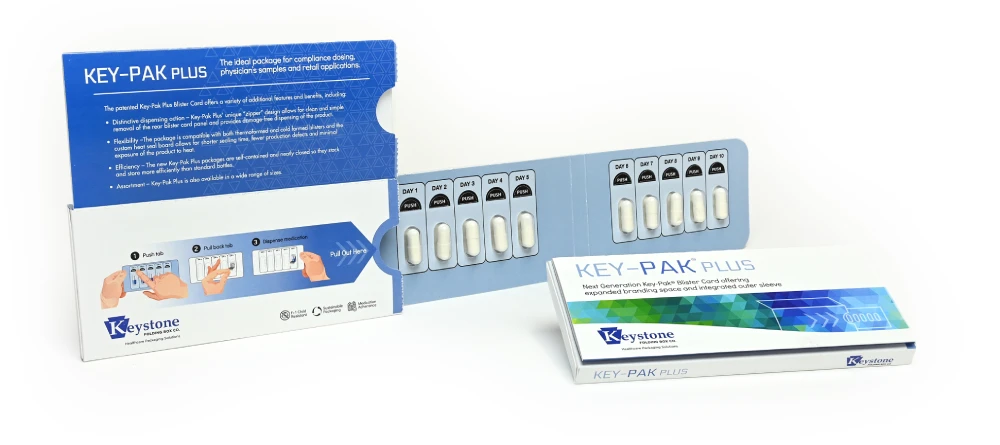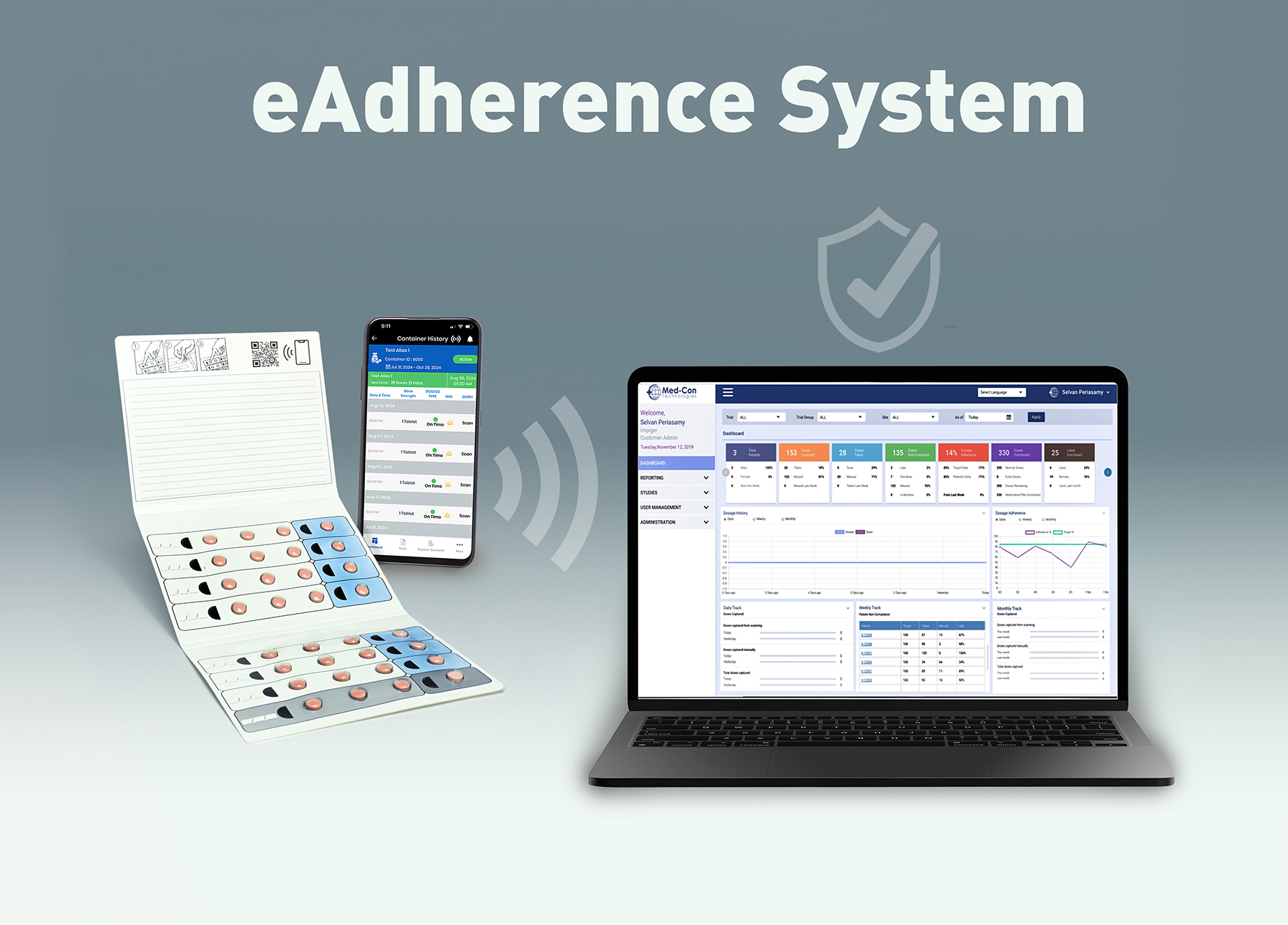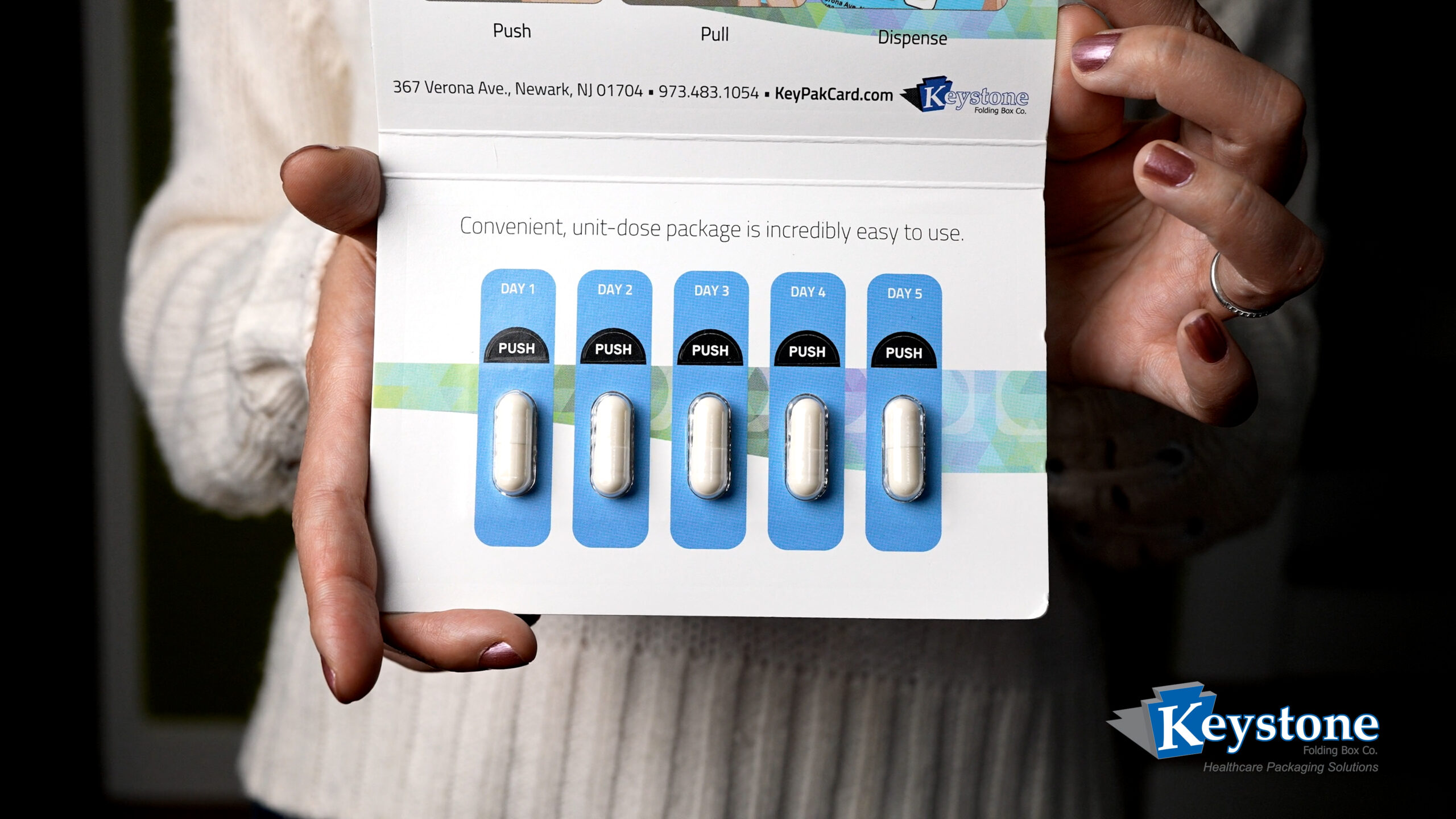How Child-Resistant Packaging Design Impacts Patient Medication Adherence
Child-resistant (CR) pharmaceutical packaging is a critical public health tool, mandated by regulations like the Poison Prevention Packaging Act (PPPA) to prevent accidental ingestion by children. However, the challenge extends beyond simply keeping children out. Effective CR packaging must also ensure that adults, particularly seniors or individuals with limited dexterity, can access their medications without frustration. When packaging fails on this second front, it can have serious consequences for patient medication adherence.
Keystone understands this delicate balance. With over a century of pharmaceutical packaging experience, we design child-resistant packaging specifically to prevent accidental ingestion by children, while simultaneously ensuring it remains easily accessible for the adults who rely on their medications daily.
The Critical Link: CR Packaging and Adherence
Medication adherence—taking medications as prescribed—is fundamental to treatment success and patient well-being. Unfortunately, overly complex or difficult-to-open CR packaging can inadvertently become a barrier to adherence, leading to several negative outcomes:
- Skipped Doses: If a package is too difficult or painful to open, patients may skip doses, compromising the effectiveness of their treatment.
- Transferring Medications: Frustrated patients might transfer medications into insecure, non-CR containers (e.g., plastic bags, non-CR bottles), completely defeating the safety purpose of the original packaging and increasing the risk of accidental child access.
- Patient Frustration & Reduced Trust: A consistently difficult packaging experience can lead to patient frustration, reduced satisfaction with the product, and a decline in trust in the brand.
- Increased Healthcare Costs: Poor adherence can potentially lead to worsening health conditions, increased hospitalizations, and higher overall healthcare costs for the patient.
For individuals with limited grip strength, arthritis, or other dexterity challenges, traditional rigid or “over-engineered” closures can be particularly problematic, turning what should be a simple daily task into a significant hurdle.
Keystone’s Approach: Secure by Design, Accessible by Intention
Keystone’s child-resistant pharmaceutical packaging solutions are engineered with a dual safety focus: robust child deterrence and intuitive adult accessibility. This approach ensures that safety never comes at the cost of proper medication use.
Key design principles and features that support adherence include:
- User-Friendly Opening Mechanisms: Keystone’s designs, such as the reclosable, push-and-slide button mechanisms in Ecoslide-RX® and Ecoslide-OTC® , or the intuitive push-through access of Push-Pak®, require a combination of movements difficult for children but straightforward for adults, even for those with limited dexterity.
- Senior-Optimized Testing: All Keystone packaging formats undergo rigorous lab testing and real-user validation, including testing with adults over age 50, to ensure packages are operable without excessive effort. This proactive testing mitigates adherence risks before products reach the market.
- Clear Labeling and Instructions: Ample billboard space on formats like Key-Pak® allows for clear, step-by-step opening instructions and detailed labeling. This reinforces proper dosing and helps patients navigate complex regimens, especially for multi-pill therapies or titration schedules.
- Integrated Functionality: By building locking mechanisms directly into the paperboard carton structure, Keystone eliminates the need for additional plastic components or secondary packaging that can add bulk and complexity, simplifying the user experience.
- Wallet-Style Formats: Products like Key-Pak® and Push-Pak® offer wallet-style designs that can accommodate blister arrangements, providing visual cues for dosing schedules and making it easier for patients to track their medication intake.
The Benefits of Adherence-Focused CR Packaging
By designing for usability from the start, Keystone’s child-resistant packaging helps pharmaceutical brands:
- Prevent Accidental Ingestion: Fulfilling the primary safety mandate.
- Improve Patient Satisfaction & Brand Trust: A positive packaging experience enhances the overall perception of the product and brand.
- Support Better Medication Adherence & Outcomes: Directly contributes to patients taking their medications as prescribed, leading to improved health.
- Reduce Support Inquiries: Less frustration means fewer calls related to packaging difficulties.
- Maintain Product Integrity: Patients are less likely to transfer medications to insecure containers.
Effective pharmaceutical packaging should do more than just pass a safety test; it should serve the people it protects. At Keystone, we build packaging that works in the real world—for the people taking the medication, and the ones we’re keeping safe from it.
Ready to bring smarter, patient-centered child-resistant packaging to your product line?
Connect with a Keystone expert today to explore our customizable pharmaceutical packaging solutions that balance sustainability, safety, usability, and adherence.
Latest Articles
While Keystone continues to be a leader in the manufacturing and design of paperboard packaging, they are also a design center and source for non-paperboard packaging components. To learn more about Keystone Folding Box Company, please contact Ward Smith at Keystone Folding Box Company, at (513) 871-4747, ward.smith@keyboxco.com or visit www.keyboxco.com.


